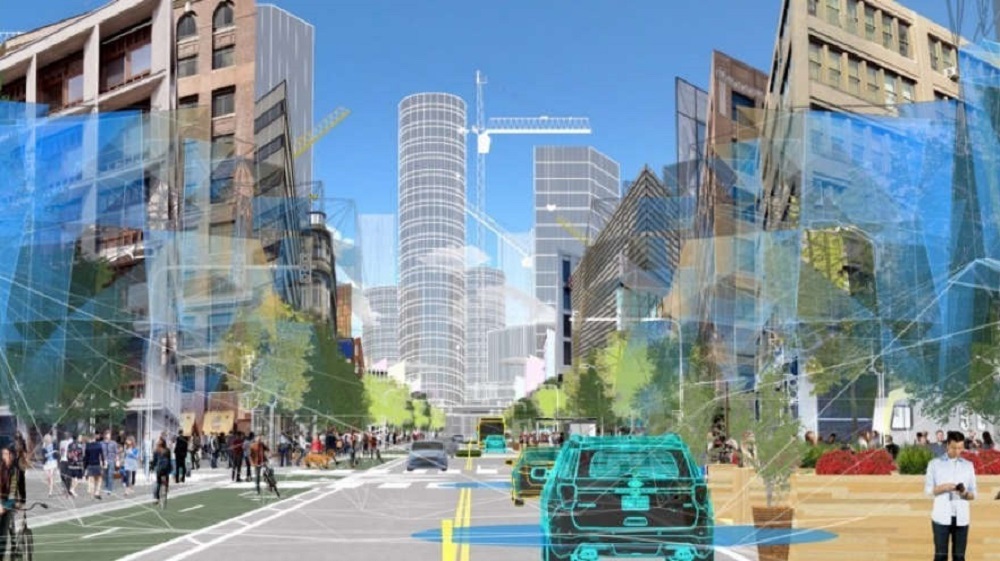Ford’s Future Plans May Change How We Look at Our Trucks
As CES wows Vegas, Ford’s President of Mobility reveals the Blue Oval’s future plans, which put people before machines. Sorry, Raptor.
By Marcy Klevorn, Ford Executive Vice President and President, Mobility
Taking Back the Streets
From subway systems and bus lines to taxi fleets, ride-hailing services and personal vehicles, cities offer lots of ways to get around. This abundance of choice must make life easier, right? Unfortunately, no. And that’s because each mode of transportation has been optimized to work as well as it possibly can on its own, but getting them all to work together hasn’t been at the top of too many to-do lists. It would be, though, if more of us involved in the transportation system were focused on optimizing mobility for the people in our cities versus the technology itself.

Picture, for a moment, a couple in New York City who has purchased a large area rug and now has to figure out how to get it home. Dragging the rug behind them to a subway station or bus stop is impractical. Finding a taxi or ride-hailing service that can accommodate their purchase is unlikely. Even getting the item delivered to their apartment can be a challenge — they may not be able to be at home during the delivery window that inevitably gets extended when traffic prevents the driver from arriving on time. Or the delivery van may be unable to find easy parking on their busy street, leading to double parking that clogs up traffic even more.
Now, what if this couple had the ability to hail a ride that will fit their purchase? Or what if the store’s delivery service was able to assess real-time traffic issues to reach their home at the same time they arrive, having reserved and paid for curbside parking through wireless transactions — all while avoiding any negative impact on other road users and residents?
Imagine sitting in a vehicle and having the one in front send an alert about a road hazard that’s forcing it to make a sudden movement, giving your vehicle a chance to adjust its positioning safely.
The way to tackle these challenges is to think of the multiple mobility elements in a city as part of a singular transportation network comprising several layers — the infrastructure, including roads and sidewalks; equipment, such as traffic lights; transportation modes, such as personal vehicles, mass transit and ride-sharing services; and finally, digital interfaces and processes. Individual solutions — electric vehicles, autonomous vehicles, ride-sharing services — can all serve a purpose, but they need to act in the context of this system with all the other components, speaking a common language and working together.





